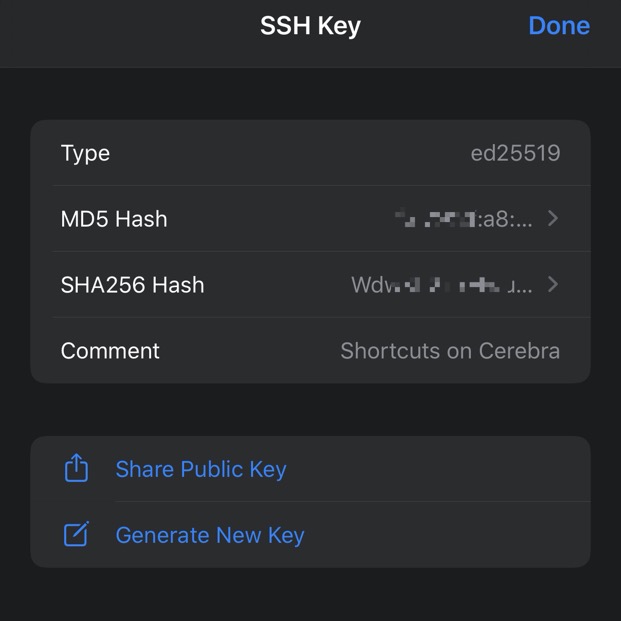

#SET UP SHORTCAT HOW TO#
Here’s how to add the same SSH shortcuts from above: alias scotch='ssh example2='ssh example3='ssh -p 56000'Īlias droplet1='ssh -i /path/to/special/privatekey/droplet1.pem'Īfter you add those and save the file, you’ll need to “reboot” the aliases file with: source ~/.bash_aliases Here you can add as many shortcuts as you want. bash_aliases file if it doesn’t exist or just edit it if it already does using Vim. bash_aliases file (or some people do this in. To set this up, you’ll need to navigate to your. You can use this for creating any type of shortcut you want, but a lot of people use them for SSH shortcuts. This method involves creating an alias for your shell (or terminal). If this isn’t working for you, trying changing the permissions of the config file like this: chmod 600 ~/.ssh/config Now, you can simply SSH into any of these servers with these simple commands: ssh scotch IdentityFile /path/to/special/privatekey/droplet1.pem Here’s an example of how to structure the file: Host scotch For a full list of options, please visit the official docs. You can specify the hostname, username, port, and the private key. Here’s how to do it with Vim: vim configįrom here, you can now create shortcuts. ssh folder: cd ~/.sshįollowing this, you’ll need to create a file called config. For those two reasons, this is my preferred way of setting up SSH shortcuts. It’s very straight forward to setup, too. SSH on *NIX machines, such as Linux or Mac, have default shortcut functionality right out of the box.

There’s two major ways to do it, and we’ll discuss the pros and cons of each. It’s actually extremely easy to create command line shortcuts to solve this problem. If you are constantly needing to SSH into multiple servers, it can real daunting to remember all the different usernames, hostnames, IP addresses, and even sometimes custom private keys to connect to them.


 0 kommentar(er)
0 kommentar(er)
